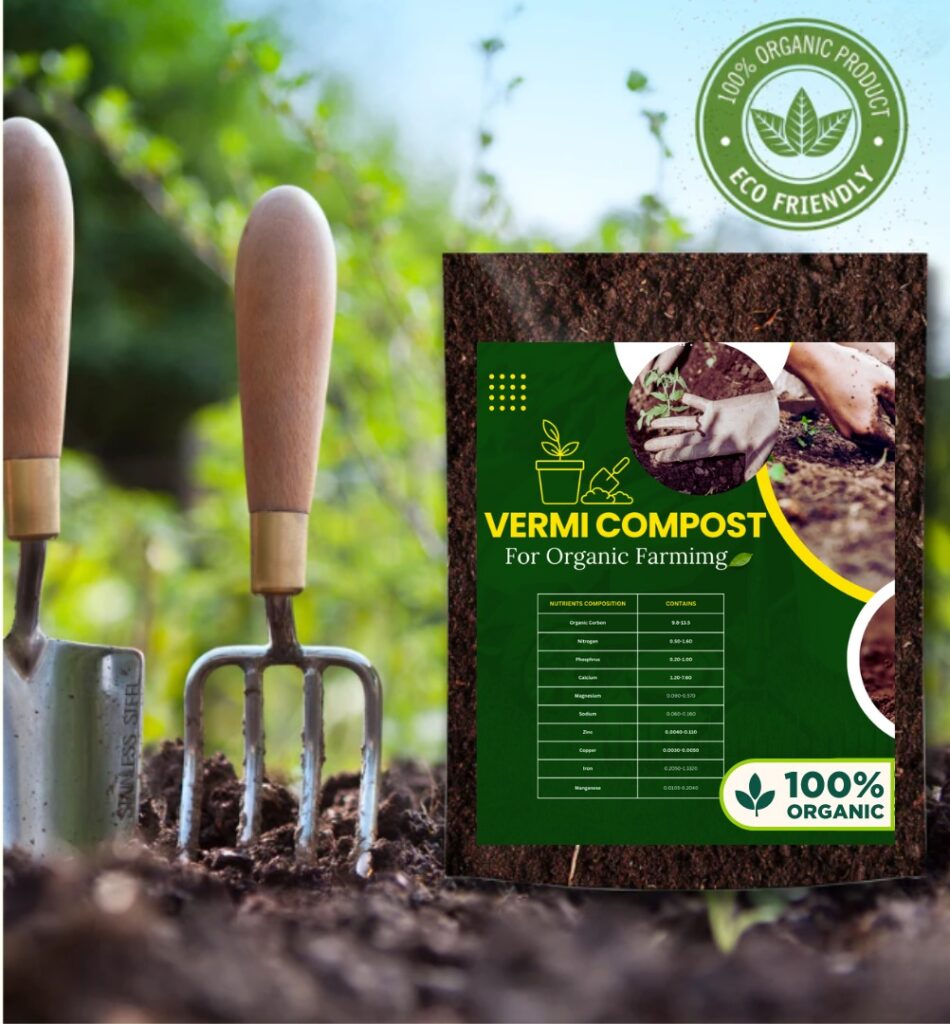A contact fungicide of the Di thiocarbamate group called Indofil M-45 prevents the growth of fungi and the transmission of illnesses. It decreases the enzyme activity in fungus, which in turn decreases energy generation and ultimately causes fungus death.
In this article you’ll be informed about the following:
- Introduction
- Indofil M45 uses
- Mode of action
- Application
- Indofil M45 dosage
Introduction
Broad spectrum fungicide, the king of all fungicides, eliminates numerous diseases with its multisite action that are brought on by phycomycetous, advanced fungus, and other groups of fungi that infect various crops.
Technical content:
Mancozeb 75% WP
Why should you go for Indofil M45?
The major reasons why we think you should choose Indofil M45 for your garden are:
- Wide range of applications: used for seed treatments, nursery drenching, and foliar sprays.
- Nutrition is provided—In addition to preventing illness, it also gives crops manganese and zinc, addressing their nutritional deficiencies.
- Protective (preventative) fungicides serve as a barrier of defense for the plant, eradicating or impeding the development of fungal hyphae and spores before infection takes place. Because they have no post-infection effect on the pathogen inside the plant, protective fungicides are only effective when used before infection.
- Fit for managing resistance – Because of the multisite mode of action, there is very little chance that resistance will develop; as a result, it can be used frequently for many years.
- Cost-effectiveness is the cost advantage of EBDCs for the prevention of disease.
- Giving the plant nutrition could have a positive impact on its health by giving it micronutrients like manganese and zinc.
- The best fungicide to use in conjunction with systemic fungicides for disease prevention, treatment, and resistance development is to prevent from frost damage.
- Environmentally safe – It rapidly dissolves in soil and water and has no risk for leaching. Low persistence in the environment.
Mode of action
Most broad-spectrum and contact fungicides are also protectant fungicides. Because they frequently have several sites of action, broad-spectrum fungicides have been shown to be effective against a variety of fungal diseases. The active component affects many fungal metabolic sites. M-01 through M-12 of the FRAC are for multisite fungicides. For instance, fungicides based on copper are in FRAC category M-01.1. The fungicide’s copper molecules act against a wide variety of proteins by denaturing them inside of cells. Proteins are unaffected by copper fungicides. Because the copper fungicide stays on the plant’s surface, it has no effect on the proteins in the plant. The FRAC group M-02 for sulfur-based fungicides is M-02. These fungicides interfere with the cell’s mitochondria’s electron transport pathway. They interfere with the cell’s ability to use energy, in other words. By preventing spore germination, sulfur fungicides frequently aid in the management of fungal illnesses. Mancozeb (FRAC group M-03), captan (FRAC group M-04), and chlorothalonil (FRAC group M-05) are further broad-spectrum, protectant fungicides. To lessen the possibility of fungicide-resistant fungal pathogen strains emerging, multisite, protectant fungicides are frequently used with systemic fungicides.
Indofil m45 Application
It is always advisable to keep in mind the adage PREVENTION IS ALWAYS improved THAN CURE for improved disease management.In general, Indofil M-45 spraying should begin either prior to or during the onset of the disease. Repeat the applications every 7–12 days, depending on the weather and the severity of the sickness. The following lists general suggestions for a variety of crops, but it is advised to utilize the product in accordance with local agricultural institutions’ guidelines. Depending on the crop type, canopy, and stage, a foliar spray should be applied at a rate of 600–800 grams per acre with a water volume of 200–400 liters/acre. The usual recommendation for seed treatment is 2.5 g/kg seed. It is advised to soak tubers or rhizomes for at least 20 to 30 minutes before planting them at a rate of 300 grams per 100 liters.
Indofil M45 dosage
| Crop | Insect/Pest | Formulation (Kg/Ha) | Water L/Ha |
| Wheat | Brown rust, Black rust | 1.5-2 | 750 |
| Maize | Leaf Blight, Downy mildew | 1.5-2 | 750 |
| Paddy | Blast | 1.5-2 | 750 |
| Jowar | Leaf spot | 1.5-2 | 750 |
| Potato | Early blight & Late blight | 1.5-2 | 750 |
| Tomato | Late Blight, Buck eye rot, Leaf spot | 1.5-2 | 750 |
| Chillies | Damping Off,Fruit rot, Ripe rot, Leaf spot | 3gm (Soil drench), 1.5-2 | 1,750 |
| Onion | Leaf Blight | 1.5-2 | 750 |
| Tapioca | Leaf spot | 1.5-2 | 750 |
| Ginger | Yellow disease | 600gm (12-14 Quintals) | 300 |
| Sugar beet | Leaf spot | 1.5-2 | 750 |
| Cauliflower | Collar rot | 3gm (after seed germination) | 1 |
| Groundnut | Tikka leaf spot, rust | 1.5-2 | 750 |
| Soybean | rust | 1.5-2 | 750 |
| Black Gram | Leaf spot | 1.5-2 | 750 |
| Apple | Scab, Sooty Blotch, Black Rot, Fly speck | 30gm/tree | 10L/Tree |
| Grapes | Angular Leaf spot, Downy Mildew, Anthracnose | 1.5-2 | 750 |
| Guava | Fruit rot, Ripe rot, Leaf spot | 20gm/Tree | 10L/Tree |
| Banana | Cigar end rot, Tip rot, Sigatoka leaf spot | 1.5-2 | 750 |
FAQs
Q.1 The fungicide mancozeb, is it systemic or contact?
Ans. Wide-ranging contact fungicides include mancozeb.
Q. 2 What is the price of Indofil M45?
Ans. For more information on Indofil M45 please visit our website https://khetkidawai.com/



